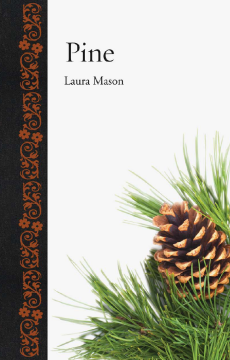
Additional Information
Book Details
Abstract
Since the pine tree is able to sprout after forest fires, on mountainsides, and in semi-desert climes, it is no surprise that the ever-resilient tree signifies longevity, wisdom, and immortality. From the pine cone staffs carried by the worshippers of Bacchus in the classical world to their role in the movement to establish national parks in nineteenth-century North America, pine trees and their symbolism run deep in cultures around the globe. In Pine, Laura Mason explores the many ways pines have inspired and been used by people throughout history.
Mason examines how the somber, brooding atmosphere of pine woods, the complex forms of pine cones, and the coniform shape of the trees themselves have aroused the creativity of artists, writers, filmmakers, and photographers. She also considers the many ways we use the tree—its resin once provided adhesives, waterproofing, and medicines, and its wood continues to be incorporated into buildings, furniture, and the pulp used to make paper, while its cones provide pine nuts and other food for animals and humans. Filled with one hundred illustrations, Pine provides a fascinating survey of these rugged, aromatic trees that are found the world over.
“Lily and Pine are beautifully produced, with an old-fashioned and wonderfully solid feel to them; they are well illustrated with material from a very wide range of sources, and bound at a higher quality than the general run of hardback books, especially given the modest price. I can see them becoming collectors’ items.”
— Gardens Illustrated
Laura Mason is a writer who has published widely on food history and culture. She lives in Yorkshire, UK.
